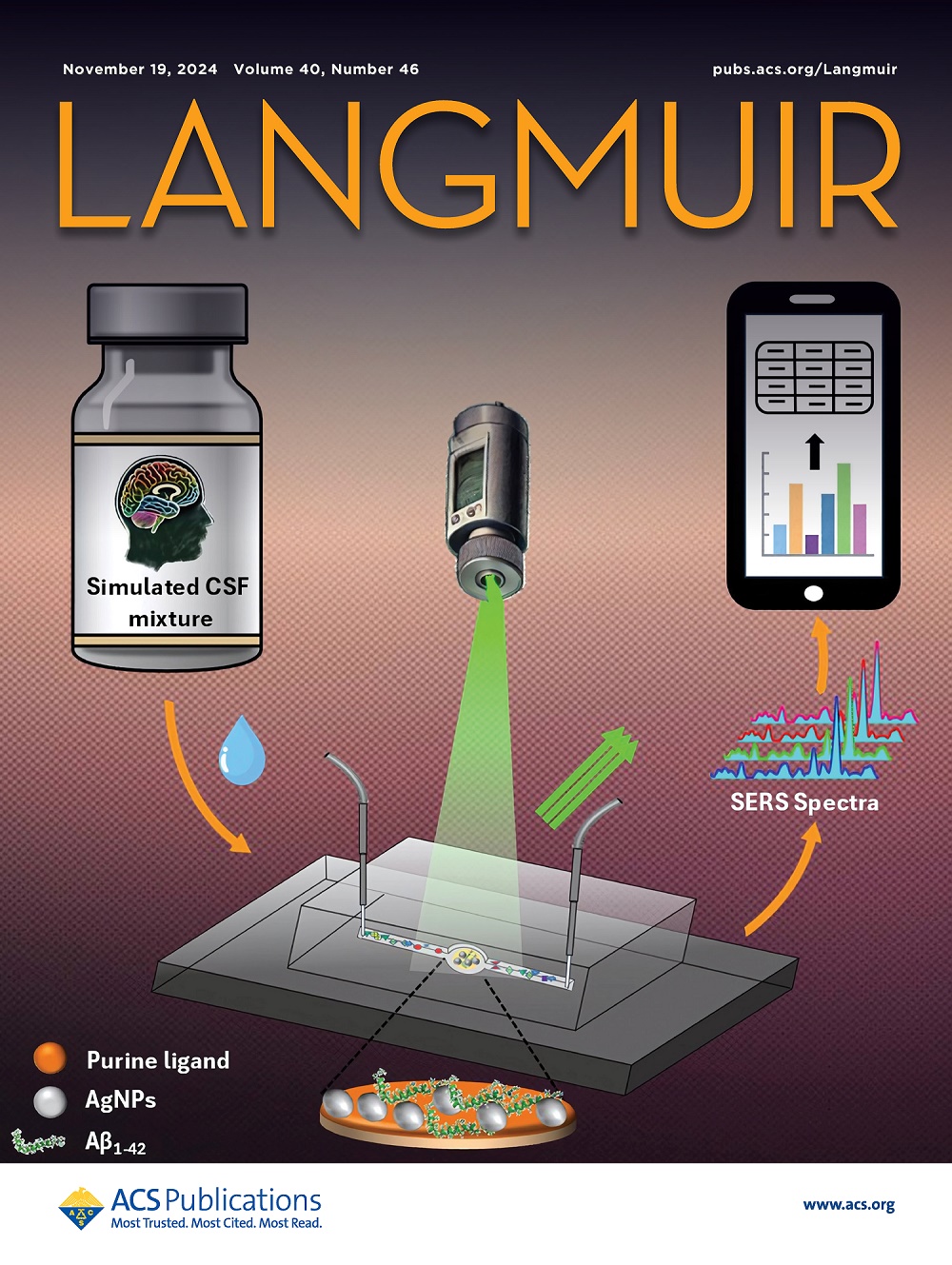Selective Recovery of Gold from Aqueous Media Using Magnetic PEG-Crosslinked Polystyrene
IF 3.7
2区 化学
Q2 CHEMISTRY, MULTIDISCIPLINARY
引用次数: 0
Abstract
PEG-cross-linked and triethylenetetramine (TETA)-terminated polystyrene chains were formed on the surface of magnetic nanoparticles through atom transfer radical polymerization (ATRP). The prepared organic–inorganic hybrid material (denoted as MNP-PEGPS-L) was used to adsorb Au(III) ions from aqueous solutions. The MNP-PEGPS-L adsorbent was characterized by Fourier transform infrared spectroscopy (FTIR), thermogravimetric analysis (TGA), scanning electron microscopy (SEM), energy-dispersive X-ray (EDX), X-ray diffraction (XRD), and vibrating-sample magnetometry (VSM). BET measurements showed that the particles have a porous structure, and their specific surface area was found to be 29.13 m2·g–1. Dynamic light scattering (DLS) analysis revealed that the hydrodynamic diameter distribution of the adsorbent particles follows a bimodal pattern, with two peaks appearing at 705 nm and 4087 nm. The particles in an aqueous solution with pH = 3 exhibited the highest zeta potential value (+22 mV) and, therefore, showed greater resistance to agglomeration. In adsorption studies, the equilibrium concentrations of ions (Ce values) were measured using inductively coupled plasma optical emission spectrometry (ICP-OES). The equilibrium adsorption capacity (Qe) was optimized in Au(III)-containing solutions at a pH of 3, an adsorbent dose of 0.2 mg·mL–1, a contact time of 60 min, and a temperature of 25 °C. Examination of the adsorption kinetics indicated that the adsorption of Au(III) ions occurs via chemisorption. The maximum adsorption capacity (Qmax) obtained from the Langmuir isotherm model (monolayer adsorption), was measured to be approximately 280 mg·g–1. Additionally, the study of the thermodynamics of adsorption demonstrated that the adsorption phenomenon is endothermic and occurs spontaneously. Overall, the prepared magnetic polymer adsorbent showed promising results in the recovery of gold ions from aqueous solutions due to its high hydrophilicity, high porosity, and excellent recyclability.

求助全文
约1分钟内获得全文
求助全文
来源期刊

Langmuir
化学-材料科学:综合
CiteScore
6.50
自引率
10.30%
发文量
1464
审稿时长
2.1 months
期刊介绍:
Langmuir is an interdisciplinary journal publishing articles in the following subject categories:
Colloids: surfactants and self-assembly, dispersions, emulsions, foams
Interfaces: adsorption, reactions, films, forces
Biological Interfaces: biocolloids, biomolecular and biomimetic materials
Materials: nano- and mesostructured materials, polymers, gels, liquid crystals
Electrochemistry: interfacial charge transfer, charge transport, electrocatalysis, electrokinetic phenomena, bioelectrochemistry
Devices and Applications: sensors, fluidics, patterning, catalysis, photonic crystals
However, when high-impact, original work is submitted that does not fit within the above categories, decisions to accept or decline such papers will be based on one criteria: What Would Irving Do?
Langmuir ranks #2 in citations out of 136 journals in the category of Physical Chemistry with 113,157 total citations. The journal received an Impact Factor of 4.384*.
This journal is also indexed in the categories of Materials Science (ranked #1) and Multidisciplinary Chemistry (ranked #5).
 求助内容:
求助内容: 应助结果提醒方式:
应助结果提醒方式:


